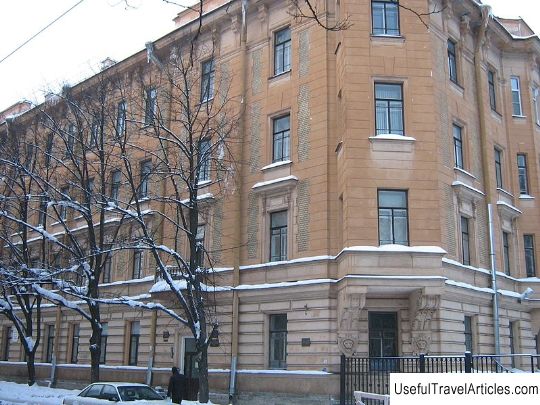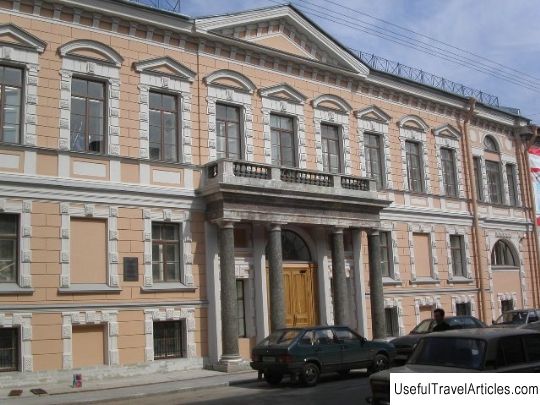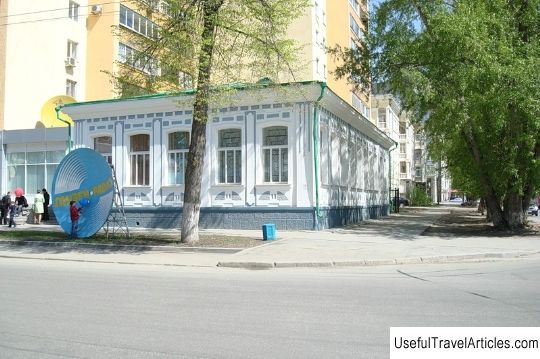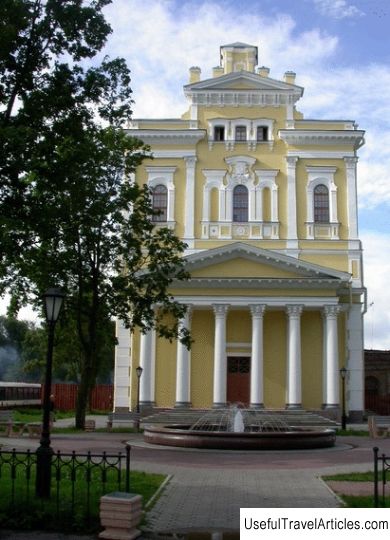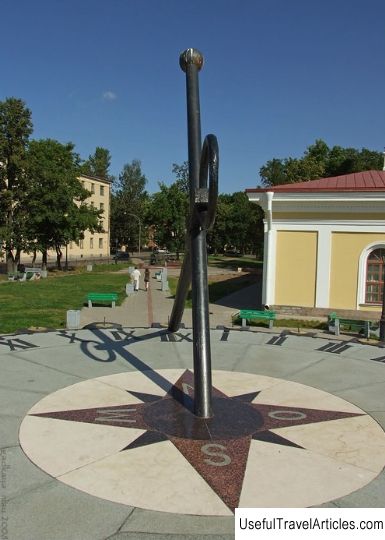The A. S. Popova description and photo - Russia - St. Petersburg: Kronstadt
Rating: 8,0/10 (1020 votes) 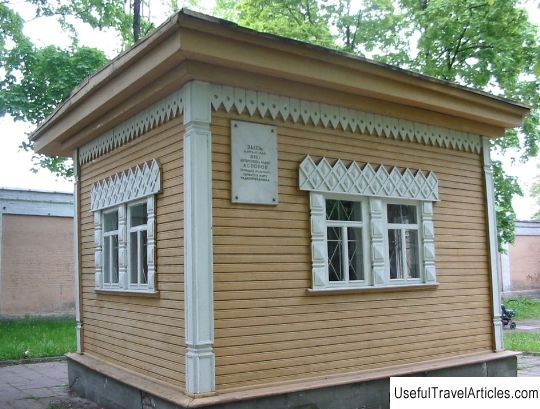
The A.S. Popova description and photo - Russia - St. Petersburg: Kronstadt. Detailed information about the attraction. Description, photos and a map showing the nearest significant objects. Photo and descriptionRadio is one of the greatest achievements of the human mind, which had a huge impact on the development of civilization. The development of radio engineering is associated with the name of Alexander Stepanovich Popov, an outstanding Russian physicist, inventor of the wireless telegraph. In addition, he trained specialists in wireless telegraphy for the Russian fleet and civilian departments, and was involved in involving the world scientific community in these issues. Almost 2 decades A.S. Popov taught and was engaged in scientific work in Kronstadt, in one of the best electrical engineering institutions in Russia (previously - the Training Mine Officer Class). Here, in 1895, for the first time in the world, experiments in radio communication were organized. It was carried out at a distance of thirty fathoms between Popov's office and a gazebo in the park. A little later, scientists used a similar receiving device with recording equipment for fixing lightning discharges - a lightning detector. At present, in a three-story building, built in the 1840s, on the second floor of the former Mine Officer class, the I Museum of Kronstadt is located - the A.S. Popov. At the end of April 1906, naval officers-miners in the Mine Officer class organized an evening in memory of A.S. Popov. There was an exhibition of instruments created by the scientist and his students. They decided to keep this exhibition and make it a branch of the training unit of the Navy. The museum exhibits models of the world's first lightning detector and radio receiver, as well as physical, measuring television and radio devices. After two years of hard work to perfect his invention, Popov began experiments in ship conditions, and in May 1897 our ships "Europe" and "Africa" successfully used the new means of communication at sea. By 1904, 75 priests' radio stations were already operating in the fleet. The Russian navy has become the cradle of radio. Vice-Admiral S.O. Makarov contributed to the introduction of radio in the fleet of A.S. Popov, as they were bound by a strong long-term friendship. From February to April 1900, the world's first practical radio link ("Hogland Epic") operated. Then radio stations were installed on the islands of Gogland and Kotka. This played an important role in the removal of the General-Admiral Apraksin from the stones. Materials about this great operation are exhibited in the first hall of the museum. It also presents materials on the X-ray apparatus, created in 1896. Such devices were used on the ships of the Russian fleet and in the Kronstadt naval hospital, in which an X-ray diagnostic room was organized. In 1899, on the basis of the discovered detector effect of D.S. Trotsky and P.N. Rybkin A.S. Popov created a “telephone receiver - dispatches”. In 1904, the German company Telefunken, the joint-stock company of the Russian electrical engineering plants Siemens and Halske and Popov formed a branch of wireless telegraphs in St. Petersburg according to the scientist's system. For scientific activity, research and their practical application, during his lifetime, Popov was awarded many awards and honorary titles, both in our country and abroad. In 1900, at the international Paris exhibition, he was awarded a diploma and a gold medal for the provided radio station and a lightning detector under the brand name "Popov - Dyukret - Tissot". The wireless telegraph represents the beginning of radio engineering, which has become necessary in culture, industry, science and everyday life.         We also recommend reading Museu Rafael Bordalo Pinheiro description and photos - Portugal: Lisbon Topic: The A. S. Popova description and photo - Russia - St. Petersburg: Kronstadt. |
